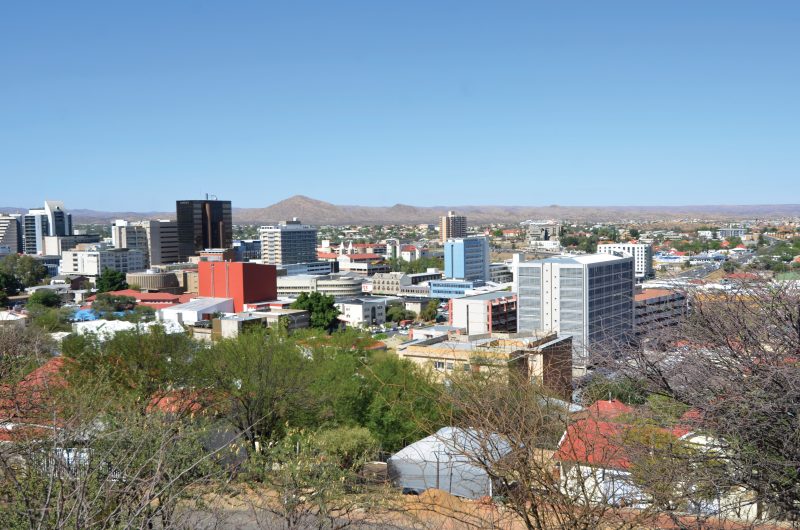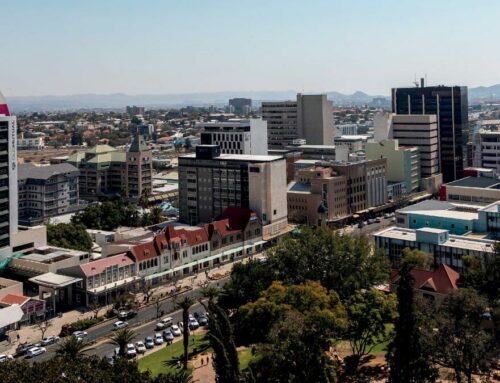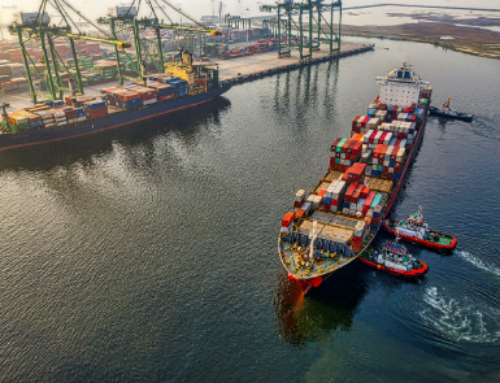Until now it had never been difficult to answer this question because the words ‘’forward’’, ‘’onward’’ or ‘’upward’’ were mostly used to describe Namibia’s economic growth and outlook. Until now, the measures of progress showed Namibia improving consistently despite the challenges presented by her geography and complicated history. Real per capita income has increased, unemployment steadily decreased together with poverty levels, and the expansion of the provision of basic services, such as access to potable water, has markedly improved since independence in 1990.
Namibian economic expansion accelerated after stimulus measures were introduced by the government in reaction to the global financial crisis of 2008/09. By 2010, the Namibian economy had recovered from this external shock while monetary and fiscal policies remained accommodative. Interest rates were low and government spending was high even as the economy expanded. Real GDP growth rates between 2010 and 2015 averaged 5.7%, well in excess of the long-term average growth rate of 4% between 1990 and 2010.
The elevated growth rates can be explained by various factors, some within and others beyond the purview of the Namibian government. Among the factors that could not be controlled internally were favourable commodity prices, mineral resource wealth, a favourable global monetary environment and foreign investment flows into emerging markets. Although these factors account for a portion of the rapid growth experienced in Namibia between 2010 and 2015, they can also be regarded as a supporting act in procyclical expansion characterised by a stable, democratic government, institutional strength, and accommodative monetary and fiscal policy which provided the base for the expansion.
Government stability and institutional strength encouraged foreign direct investment flow into various sectors of the Namibian economy, especially mining. The strength of commodity prices indicated global optimism about the industry of which Namibia was also a beneficiary. Three large mines were constructed during the period under review, driving growth throughout the economy. A stable political regime and predictable regulatory environment meant such investments were relatively straightforward decisions in terms of quantifying risk. Foreign direct investment such as that into the mining sector drove much of the post-financial crisis expansion.
Arguably, the bigger driver of economic growth during the 2010 to 2015 period was the stimulus provided by rapidly increasing government expenditure and low interest rates. This is what is commonly referred to as procyclical monetary and fiscal policy when the rest of the economy is doing well. Government policy, both regulatory and fiscal, as well as monetary policy, are controllable. Expansionary government expenditure into both productive and unproductive projects drove much economic activity. The increase in government expenditure was financed by strong growth in government revenue and the issuance of government debt. Larger fiscal budgets resulted in budget deficits which were financed by the Namibian government issuing bonds and treasury bills. Namibia had low levels of government debt up until then and thus, the initial increase in debt issuance was not of major concern. However, as domestic economic expansion gathered steam, the necessity to issue debt lessened, because government revenue grew rapidly. The continued use of debt to fuel government expenditure resulted in government’s contribution to the economy growing far more rapidly even than the economy as a whole. Much of the increase in government expenditure went towards recurrent consumptive expenditure, such as salaries and wages, rather than the expansion of productive infrastructure such as roads and rail, water and electricity supply.
At the same time, low interest rates resulted in a rapid uptake of debt by the private sector. Both households and businesses increased their uptake of credit to expand on productive and consumptive activities. Businesses expanded rapidly to meet increased demand created by government spending and foreign direct investment. Capacity expansion was often fuelled by debt in the private sector, especially since interest rates were accommodative, at the time. Households increased their uptake of credit because employment opportunities were more abundant and secure, and accommodative interest rates meant that financing bond repayments and consumptive purchases were relatively cheap. This further fuelled demand for goods and services, adding to the economic expansion.
The procyclical policy such as was implemented in Namibia between 2010 and 2015 resulted in unsustainable economic growth. Debt sustainability levels were reached at some point, after which the trajectory of economic expansion could not continue and therefore, contracted. The point at which the economy contracted was reached by both government and the private sector in 2015. One of the negative side-effects of expansionary monetary and fiscal policy is that they leave little room to stimulate economic activity in the event of external shocks.
A variety of such shocks coincided with high government and private debt levels at around this time. Drought conditions prevailed in the region between 2013 and 2015. International commodity prices began to fall and windfall SACU (Southern African Customs Union) revenues stagnated along with the South African economy. At the same time, the regulatory environment in Namibia changed without warning with the announcement of the NEEEF (New Equitable Economic Empowerment Framework) Draft Bill and the Investment Promotion Act, 2016, which created uncertainty.
Namibia is currently in its fourth year of economic stagnation and in a precarious position with regards to its ability and resilience to deal with external economic shocks. The present growth outlook remains depressed and is expected to remain below the population growth rate for the duration of 2019 and 2020. The current economic outlook, and indeed the question of where Namibian is headed, appears decidedly less rosy than it has been for most of the post-independence period. Measures to address and remedy the situation are just now beginning to take root. We will delve into the latter in greater detail next time.
Eric Van Zyl
Eric van Zyl is the head of research at IJG, an established Namibian financial services market leader. IJG believes in tailoring their services to a client’s personal and business needs. For more information, visit www.ijg.net.








